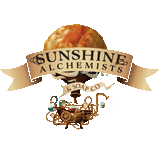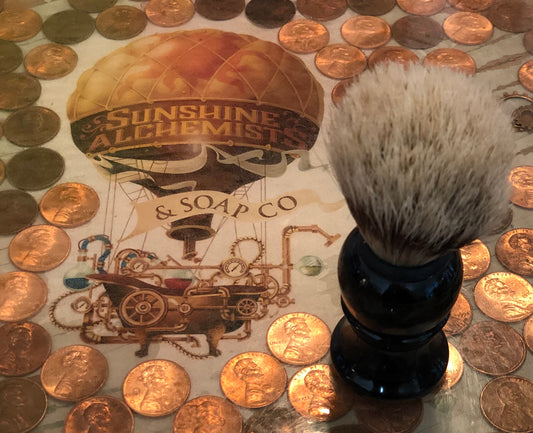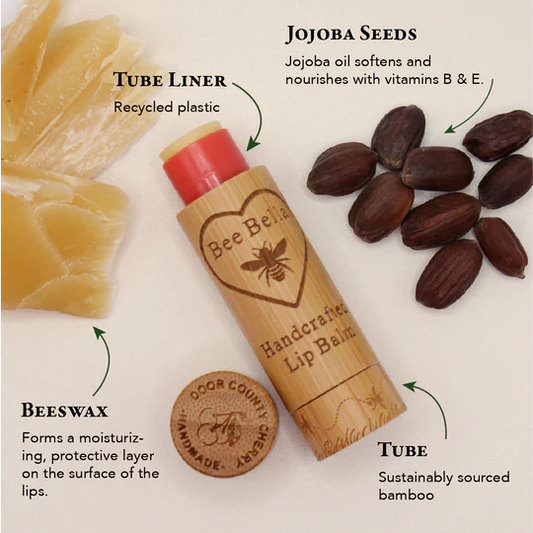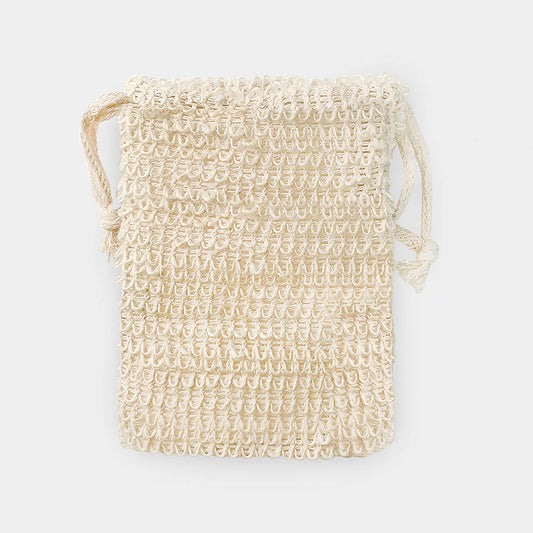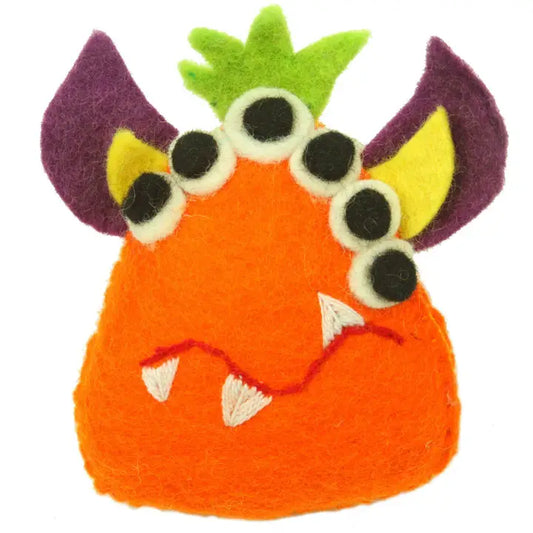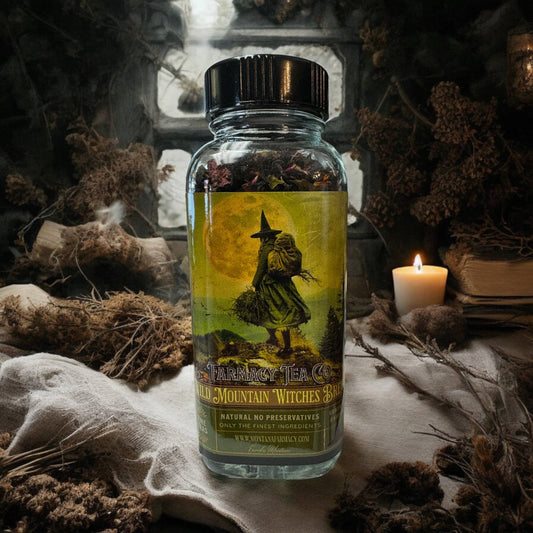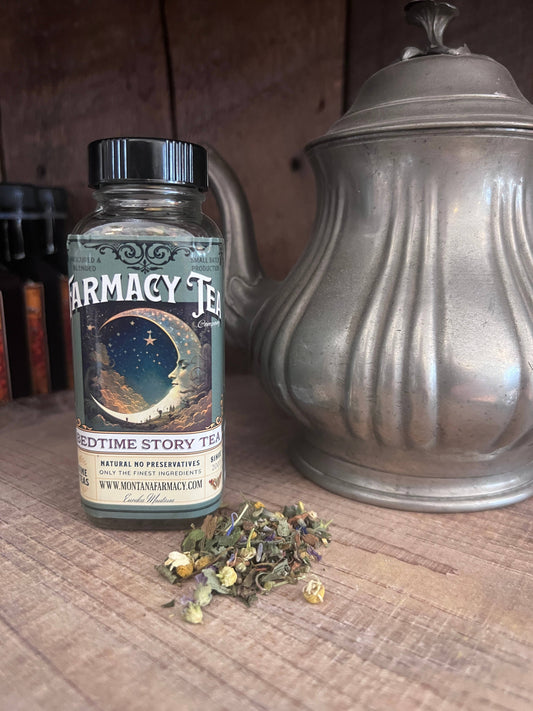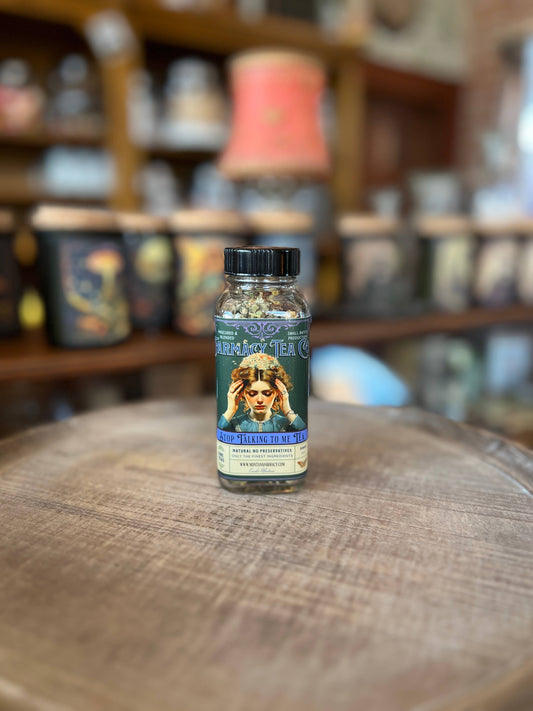
Comfort Central
There are few things as soothing as a warm soak or the head to toe indulgence of light-as-air body butter melting on skin still warm from the shower.
This is the place to pump up the pampering with decadent milk baths, restorative bath salts & soaks, fizz, fun, new additions for your home spa oasis, gifts & cheeky attitude.
Also, if you've never considered a wet shave... you should.
-
Kumo Kiss Organic Triple Whipped Body Butter
Regular price From $17.50 USDRegular priceUnit price per -
Super Lather Shaving Kit
Regular price $45.00 USDRegular priceUnit price per -
Bee Bella Lip Balm
Regular price $8.00 USDRegular priceUnit price per -
Super Lather Shaving Soap
Regular price $13.00 USDRegular priceUnit price per -
Shaving Accessories
Regular price $17.00 USDRegular priceUnit price per -
Milk of Amnesia Organic Milk Bath
Regular price From $10.00 USDRegular priceUnit price per -

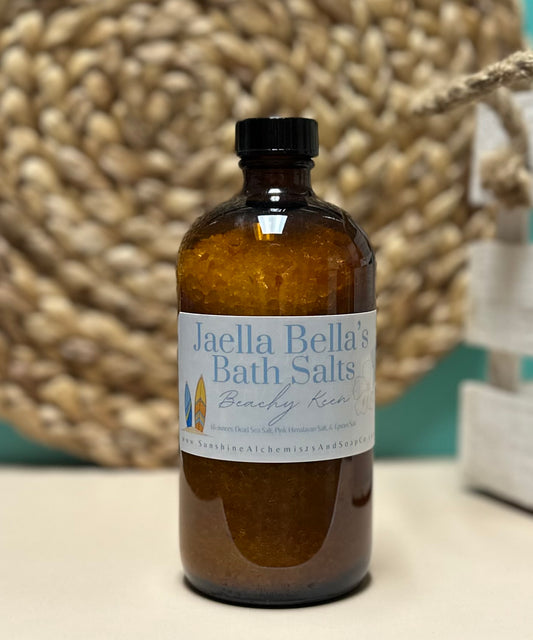 Sale
SaleHappy Feet Spa Night
Regular price $56.50 USDRegular priceUnit price per$66.50 USDSale price $56.50 USDSale -
Aloe Infused Spa Socks
Regular price $11.00 USDRegular priceUnit price per -
Soap Socks, Saks & Pouches
Regular price $10.00 USDRegular priceUnit price per -
Dry Body Brushes
Regular price From $16.00 USDRegular priceUnit price per -
Candle Care Components
Regular price From $15.00 USDRegular priceUnit price per -
Organic Turkish Cotton Towels
Regular price From $18.00 USDRegular priceUnit price per -
Tooth Fairy Pillows
Regular price $17.00 USDRegular priceUnit price per -
Friendsheep Eco Dryer Balls - Set of 3
Regular price $18.00 USDRegular priceUnit price per -
Wild Strawberry Lucid-A-Tea Dreaming Tea
Regular price $12.00 USDRegular priceUnit price per -
Lavender Love Organic Milk Bath
Regular price $22.00 USDRegular priceUnit price per -
Woodland Fairy Fairey Herbal Relaxation Tea Vintage sprite
Regular price $12.00 USDRegular priceUnit price per -
Wild Mountain Witches Brew Dark Academia Cottage Tea
Regular price $12.00 USDRegular priceUnit price per -
Bedtime Story Herbal Tea Blend vintage moon Glass jar
Regular price $12.00 USDRegular priceUnit price per -
Miss Mental Pause Menopause Women's Menstrual Liberation Tea
Regular price $12.00 USDRegular priceUnit price per -
Edgar Allen Elderberry Crow Raven Dark Academia Poet Tea
Regular price $12.00 USDRegular priceUnit price per -
Stop Talking to me Tea Vintage Victorian Herbal Tea blend
Regular price $12.00 USDRegular priceUnit price per -
Anxiety AnxiaTEA soothing cup of RELAX
Regular price $12.00 USDRegular priceUnit price per -
Let that Shit go Meditative, Calming Ayurvedic/Yoga Tea
Regular price $12.00 USDRegular priceUnit price per
all the news that's fit to print
AKA FAQs
Super-Fat Is Where It's AT! (Why our soap is NEVER drying)
I bet you're sitting there wondering what the heck super-fat means and what on earth it has to do with soap that soothes and moisturizes dry irritable skin.
Hang on. Here comes the nerdy stuff. Short version?
SKIN LIKES FAT SO WE GIVE IT SOME IN OUR SOAP.
When you make soap, you calculate the precise amount of sodium hydroxide (yes, this means lye and it has to be there in order for it to be soap, see next question) that needs to be added to your recipe's specific oils and butters and the ratios at which they appear in the formula.
The fats we use are organic food grade vegetable oils and butters.
If a formula is left exactly at that 1:1 kind of ratio, all of the oils and butters are bonded with the sodium hydroxide and turned into soap. However, if you calculate the amount of sodium hydroxide you add to your recipe to be LESS than the 1:1 ratio,
the fatty acids (the yummy nourishing oils and butters described above) are left available for your skin to absorb.
Our formulations are calculated at 6% superfat for body and face bars and 20% for shampoo, hand and pet soaps.
Those percentages of oils and butters are what are left available for your skin to absorb and what gives our soap (along with the exact ratios and choices of base ingredients) it's increased moisturizing and emollient properties.
That is why our soaps will never make your skin feel tight, stretched, dry or flaky.
It's Super-Fat, and that's a GOOD thing.
Isn't Palm Oil Evil Now?
Palm oil itself has never been evil and ours is RSPO certified sustainable. What does this mean?
The Roundtable for Sustainable Palm Oil has certified that the palm oil we use has come from small, legacy farms that have been using sustainable farming methods for generations.
Rather than having a knee jerk reaction to current hot button issues, we have chosen to continue including palm, a wonderful oil with many valuable and nourishing properties for the skin, we chose to dive a little deeper into the issue and support families that rely on selling their crops for subsistence. In this way we have made a choice that is good for the planet and also our fellow humans on the other side of the globe.
Does Your Soap Have Lye?
Yes.
All soap has lye.
If you're using a bar or dollop of something to wash your skin and it doesn't have lye, it is a detergent or surfactant and not soap.
Sodium hydroxide (lye) saponifies (turns into soap) oils and butters and that is soap making in it's simplest terms. If there's no lye (this can also be potassium hydroxide or even ashes) you don't have soap, you have something else.
No shade, but if you are buying handmade soap and the person selling it to you says that it doesn't have lye in it, they aren't a soap maker.
They may have purchased a melt and pour base and used that to "make" soap and don't understand that the base already has lye in it or they may buy their soap and repackage it and not understand their ingredients ie. the ingredients say saponified xy&z oils and butters which MEANS, lye (sodium or potassium hydroxide) was applied to turn those base ingredients into soap.
Finally, please don't be afraid of soap made with lye.
Properly made soap has a very precise amount of lye calculated based on the exact oils and butters and their weights and in the case of our soap, we reduce that amount so that 6% of the gorgeous, nourishing organic vegetable oils and butters we use are available AFTER saponification for your skin to absorb.
That's why they're so moisturizing.
We've got you.
How We Test the MESS Out of Our Candles...
If you're new here, you won't have been along for the journey on social media where we posted our log books showing testing for burn times or any of the fun stuff we did back in the day when we first started R&D on candles, so we will summarize:
Burn Time
- We do in fact burn candles from start to finish, using our care instructions and recording the hours burned in a log book in order to give you accurate burn times and to stress test our glass.
Wick Testing
- Every vessel must have the right wick for the exact wax blend and fragrance oil being used. We have it down now, but we tested so.many.wicks before we got here. Yes, that's a whole candle burned for every wick tested.
Hot Throw
- We never ever EVER want anyone to buy one of our candles only to find out that what smells great in the jar doesn't smell like anything when they burn it at home. Once we have a fragrance blend down, we take our smallest candle (the 2oz min-tin) home and burn it in the kitchen downstairs. If we can't smell it upstairs in a half an hour, it goes back to the drawing board.
The Headache Test
- You know how there's a difference between book smart and street smart? We love the science of everything we make but at the end of the day all of that is irrelevant if the result in real life falls short. To that end, we have a group of people with very sensitive noses, bodies and sensibilities who are our testing group. We send samples home with them to burn and experience to ensure we haven't missed something important, like a headache or sneeze causing scent, while we were in bookworm mode. We adjust accordingly before releasing candles into the wild. No headaches allowed.
Getting To The Right Scent
- Each and every candle we make started as a cool idea of a story we wanted to tell with fragrance or an attraction to a particular sample scent. Our founder/chief alchemist has spent HOURS pairing fragrances together, jotting notes, making sample sticks and finally testing candle formulas to arrive at the blends we present to you today. At minimum, each candle has had 4 or 5 iterations before it is perfect. Some, like Fall Chile Roaster and Moss & Loam, were literally years in the making as we hunted and pecked our way to the right notes, ratios and volumes before they were ready. If you know our Bourbonilla soap and body butter, you are probably as obsessed with it as we are. We are going on year 3 of trying to get capture it in a candle worth burning. Frustrating, yes, but we'd rather wait to get it right than give it to you wrong.
Power Burning
- If you read our information about candle care or essential oils you might be more cognizant of the potential dangers of flammable candles than you were before you arrived here. Although we recommend not burning candles longer than 4 hours at a time, we also are realists who know that a) people often ignore warning labels, b) people often ignore rules even if they read them, and c) life happens and sometimes we just forget to blow out our candles. Knowing that and because it really is our deepest desire to ensure you have the loveliest time with our candles, our final test is the power burn. Is this a real name for a candle test? Who knows. That's what we call it.
- We burn the candle for 8 hours straight to test the strength of the glass. We want to MAKE SURE it can stand the heat. The jars we have now can.
- Please don't burn your candles for 8 hours straight at home unless you just completely space it. Hugs.
